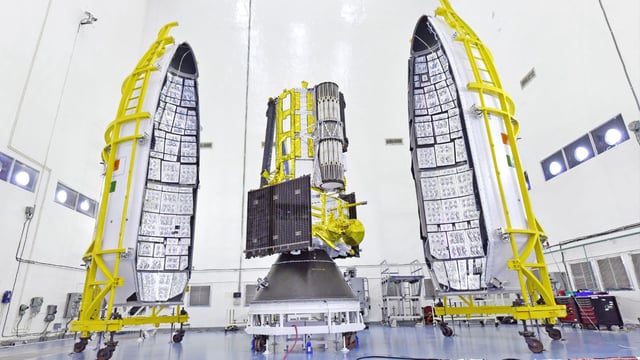Overview
- NISAR will lift off on July 30 at 5:40 PM IST aboard ISRO’s GSLV-F16 from Satish Dhawan Space Centre in Sriharikota
- The satellite is bound for a 743 km sun-synchronous orbit with a 98.4° inclination to complete global surface mapping every 12 days
- It carries the first dual-frequency synthetic aperture radar in orbit, combining NASA’s L-band and ISRO’s S-band sensors on a 12 m deployable mesh antenna for 242 km swath imaging
- NISAR is set to capture about 4.37 TB of radar imagery daily and will provide open-access data for ecosystem assessment, surface deformation studies, cryosphere tracking, and disaster response
- Developed over more than a decade at an estimated cost of $1.5 billion, the mission marks the first joint hardware collaboration between NASA and ISRO



